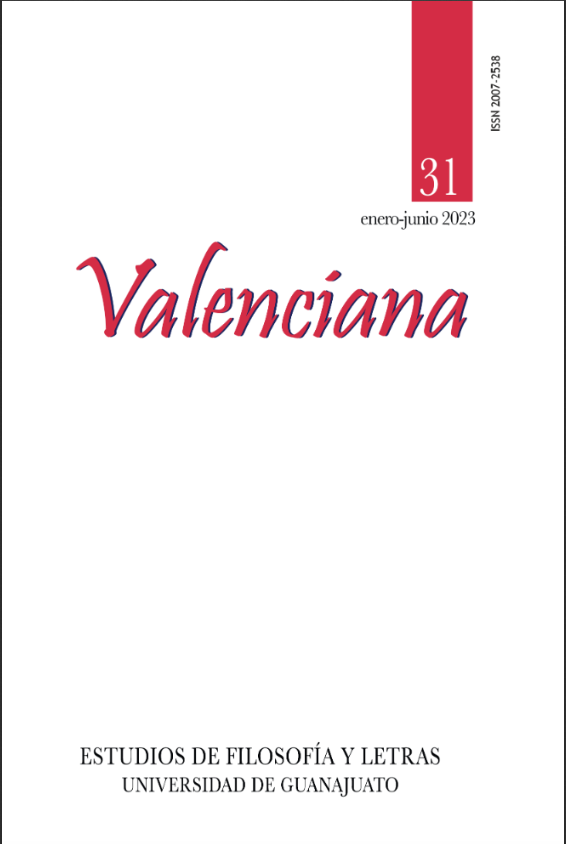Love, death: A reading of “Nocturno del hueco” by Federico García Lorca
Love and death: A reading of “Nocturno del hueco” by Federico García Lorca
DOI:
https://doi.org/10.15174/rv.v15i31.692Abstract
In this paper the poem “Nocturno del hueco” (Poeta en Nueva York, 1927) by Federico García Lorca is studied, from an approach to the way in which the 'hollow' is constructed in the poetic voice. It tries to explain how and why García Lorca uses images related to the natural world (plants, animals and the four elements). First, it is observed how the poet uses the senses: there is a close relationship between the senses and the way natural elements appear. The senses determine the interpretation that anybody can have of the natural elements: their meaning is conditioned by a presence or absence that is noticed only by them. Likewise, it is intuited that the void that inhabits the poetic self widens to the point of bordering on death. The separation of lovers is, in a sense, a death: the death of one love, the other, and one's own.
Published
How to Cite
Issue
Section
License
Copyright (c) 2022 Jaime Velasco Estrada

This work is licensed under a Creative Commons Attribution-NonCommercial-NoDerivatives 4.0 International License.
Author(s) who publish in this journal do accept the next conditions:
According to copyright regulations, Valenciana does recognize and respect the authors’ moral right, as well as the right of property, which will be assigned to the journal for its diffusion in open access.
Valenciana does not charge authors for the submission, editorial process or publication in the journal.
All texts published and distributed by Valenciana (without exception) are supported by the license Creative Commons Attribution-NonCommercial 4.0 International (CC BY-NC 4.0), which allows third parties to use the publication as long as they mention the author and the first publication.
Authors can make other independent and additional contractual agreements for the non-exclusive use of his article published in Valenciana (e.g. including it in an institutional repository or in printed/electronic media), as long as it is explicitly clarified that the article was published for the first time in this journal.
For these purposes, authors must sign and send the letter of submission and copyright transfer form in a PDF file to this email address: revistavalenciana@gmail.com
This journal is under a license by Creative Commons Atribución-NoComercial-SinDerivadas 4.0 Internacional (CC BY-NC-ND 4.0)).













